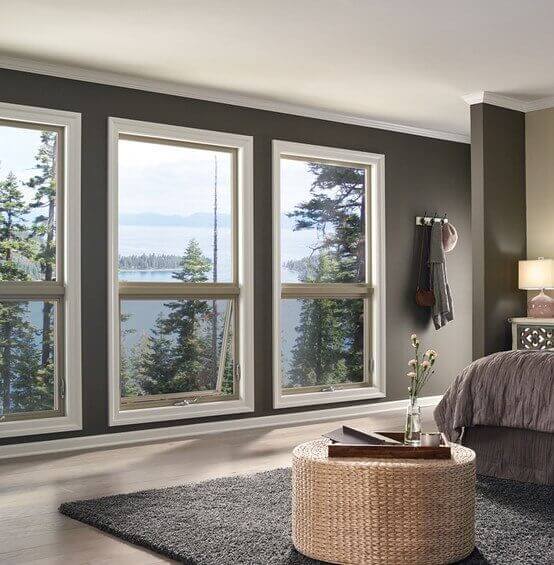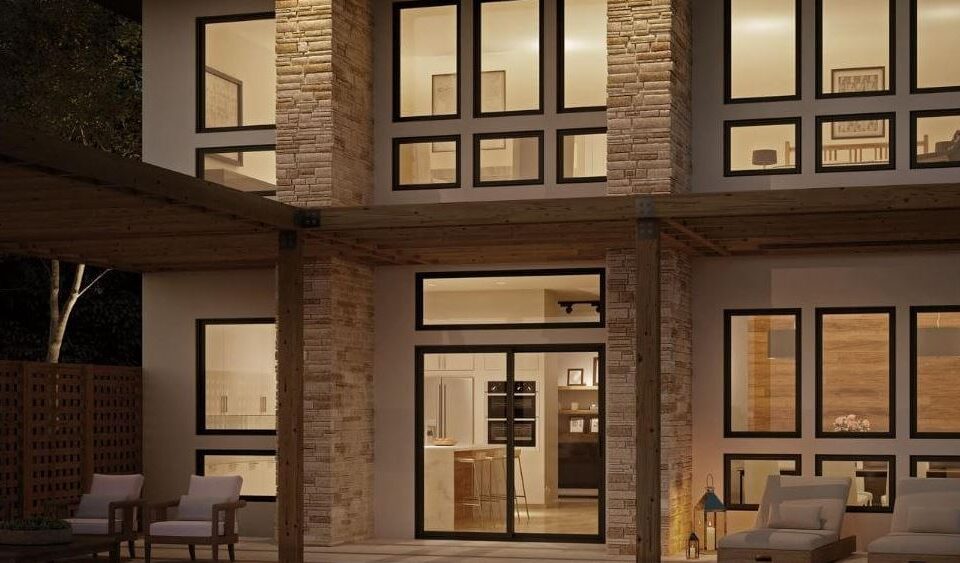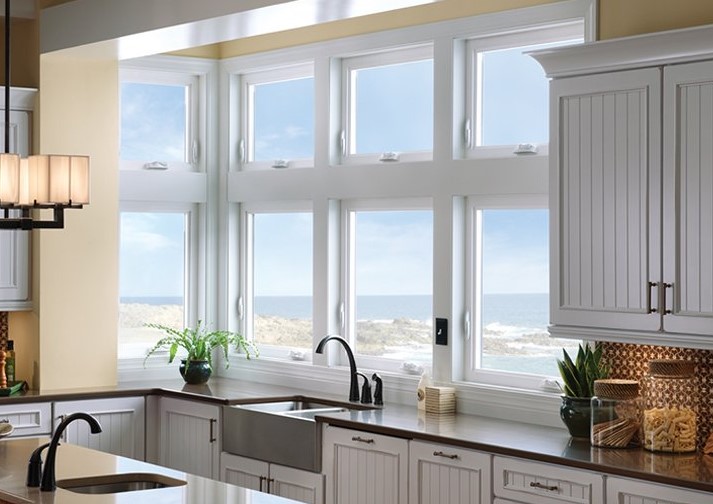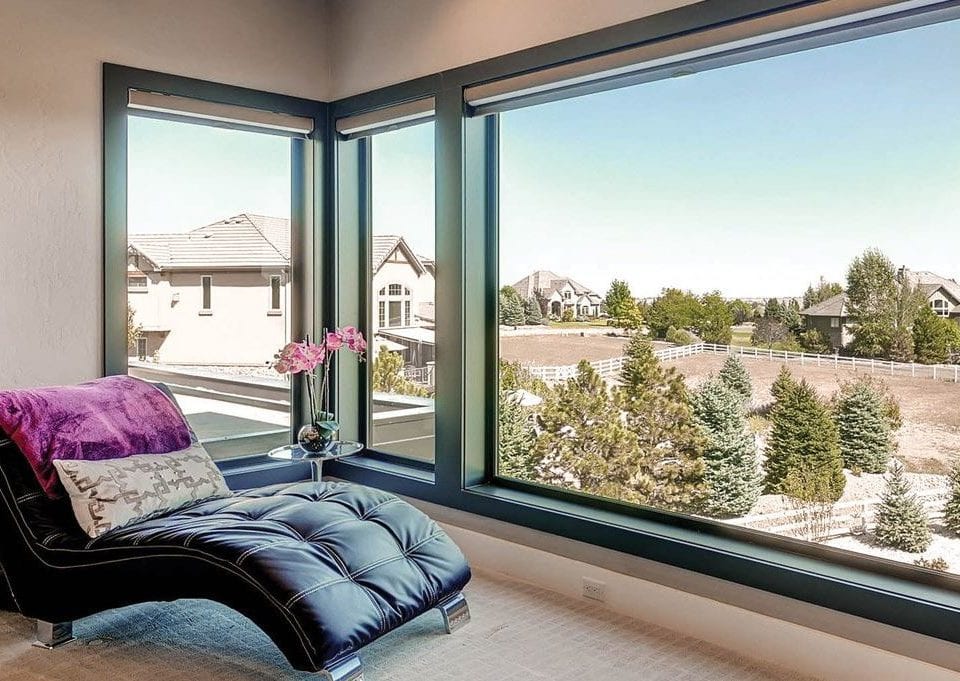The Role of Glazing in Energy-Efficient Windows
In Irvine, CA, window replacement, an essential factor that often gets overlooked, is the role of glazing in energy efficiency. This critical component doesn’t just add to the window’s aesthetic appeal; it’s instrumental in insulation and temperature regulation. By deeply understanding how glazing contributes to energy-efficient windows, homeowners can make informed decisions for lasting benefits. Join us as we unpack the profound impact of glazing on modern window technology.
Basics of Glazing Technology
Glazing isn’t just a single layer of glass; it encompasses a broad range of technologies, each serving a unique purpose. Traditional windows typically employ single glazing, a lone pane of glass. Today’s energy-efficient windows often use double or even triple glazing. These involve two or three panes of glass with spaces in between, often filled with inert gases like argon or krypton. These gases have low thermal conductivity, making them excellent insulators. By choosing the right type of glazing, homeowners can significantly enhance the thermal performance of their windows, leading to more comfortable interiors and reduced energy bills.
Benefits Beyond Energy Efficiency
While the primary goal of glazing is to improve energy efficiency, its advantages extend beyond that. Modern glazing can offer enhanced soundproofing, providing a quieter and more serene living environment, especially in bustling areas. Additionally, certain types of glazing can filter harmful UV rays, protecting interior furnishings from premature fading and wear. Moreover, laminated or tempered glazing bolsters safety and security because designers created them to withstand impacts, offering added protection against potential break-ins or accidental damages.
Coatings and Films: Enhancing Performance
Besides the number of panes and the type of gas fill, specialized coatings and films can further enhance glazing performance. For instance, low-emissivity (Low-E) coatings reflect infrared and ultraviolet light, aiding in regulating indoor temperatures. During winter, they help keep the warmth inside; in the summer, they reflect the sun’s heat outward. Meanwhile, tinted glass or films can reduce glare and improve energy performance by controlling the amount of sunlight that permeates, making indoor spaces more comfortable.
The Importance of Proper Installation
Even the most advanced glazing system can falter if not installed correctly. Proper installation ensures that the glazing sits perfectly within the frame, eliminating potential gaps or spaces that could compromise efficiency. Factors like ensuring airtight seals, correct positioning for optimal solar gains, and using quality spacers play a significant role in the glazing’s performance. Collaborating with professionals who understand the nuances of glazing technology ensures that homeowners get the best out of their energy-efficient windows.
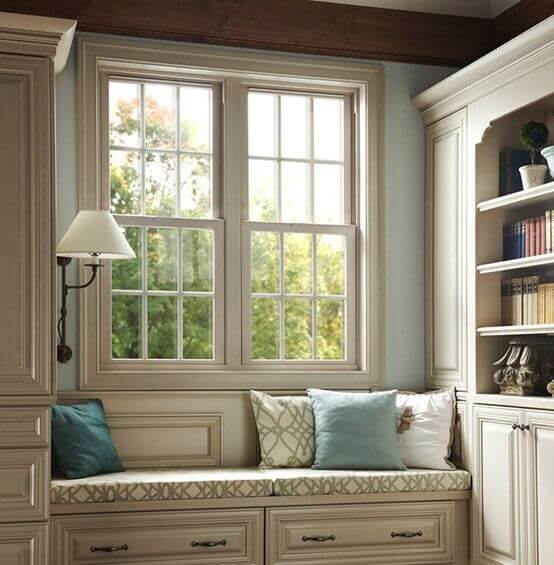
Future Trends in Glazing Technology
Glazing is ever-evolving, with continuous research and development to push the boundaries of efficiency and functionality. Emerging trends like electro chromic windows, which can change their opacity based on electrical stimulus, offer promise in controlling light and heat ingress. There’s also research into integrating solar cells within the glazing, turning windows into energy-generating sources. As technology progresses, homeowners can anticipate even more advanced glazing options, fusing aesthetics, efficiency, and innovation in perfect harmony.
As we’ve explored, glazing is indispensable in maximizing modern windows’ efficiency. For those considering Irvine, CA, window replacement, understanding these nuances can make all the difference in long-term energy savings and overall home comfort. With advancing technologies and various choices available, making the proper selection can feel daunting. That’s where we come in. At Mancino Door & Window, Inc., we’re dedicated to guiding you through this journey, ensuring you make an informed choice tailored to your needs. Contact us and take the first step towards a brighter, more energy-efficient future for your home.

